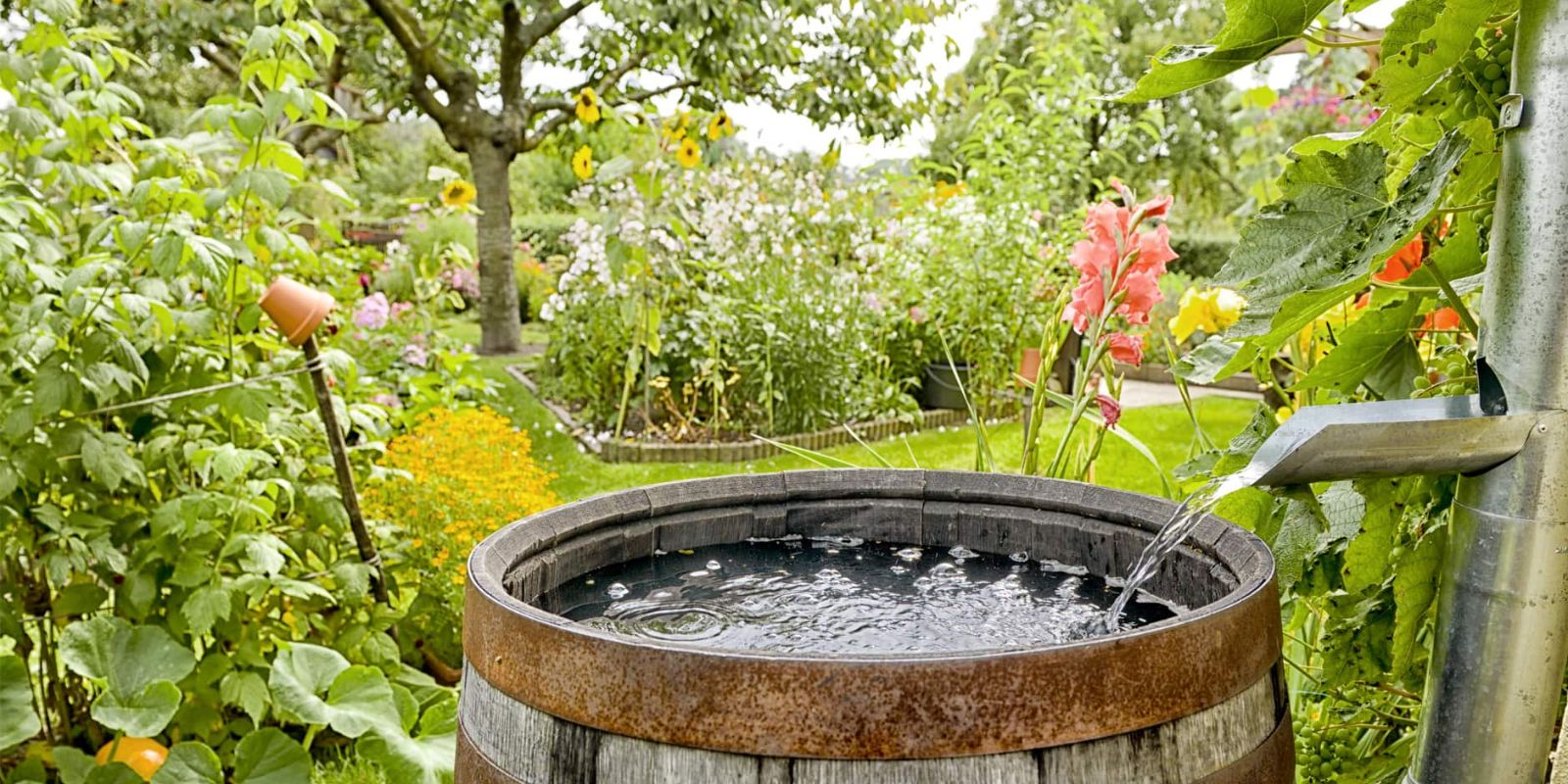Introduction
Water is a precious resource, and as gardeners, finding sustainable ways to nurture our plants is crucial. Collecting rainwater is one of the simplest, eco-friendly methods to hydrate your garden without straining municipal supplies or your wallet. This natural, chemical-free water helps plants thrive while reducing runoff and conserving resources. Whether you’re a seasoned gardener or a beginner, this guide will show you easy and efficient ways to collect rainwater and enhance your garden’s growth.
The Benefits of Rainwater Harvesting
Before diving into the methods, it’s worth exploring why rainwater is such a boon for gardens:
- Nutrient-Rich Water: Rainwater is free of chlorine, fluoride, and other chemicals present in tap water, making it gentler on plants.
- Cost Savings: Reducing reliance on tap water cuts down your utility bills.
- Environmental Impact: Harvesting rainwater reduces soil erosion and urban runoff that can lead to water pollution.
- Resilience During Droughts: Stored rainwater ensures your garden stays hydrated during dry spells.
1. Install a Rain Barrel
Rain barrels are one of the most effective ways to collect and store rainwater.
- Setup: Position the barrel under a downspout or gutter where rain naturally flows. Ensure the barrel has a lid to keep debris and insects out.
- Capacity: Choose barrels based on your needs. A 50-gallon barrel is ideal for small gardens, while larger setups can store up to 200 gallons.
- Enhancements: Add a spigot at the bottom for easy water access and connect multiple barrels for increased capacity.
Pro Tip: Attach a mesh screen to the top to filter leaves and prevent mosquitoes from breeding.
2. Use Tarps or Plastic Sheets
For a low-cost and versatile solution, use tarps or plastic sheets to channel rainwater into containers.
- How It Works: Lay a sloped tarp in an open area. Place a bucket or large container at the lowest point to catch water.
- Portability: This method is perfect for temporary setups or when you need to collect water in different parts of your garden.
Pro Tip: Use tarps with grommets to anchor them securely, even during heavy rain.
3. Build a Rain Garden
Rain gardens are a beautiful way to make use of natural rainwater runoff while improving your garden’s aesthetics.
- Design: Create a shallow basin in a low-lying area of your yard. Plant deep-rooted species that thrive in wet conditions, such as ferns, sedges, or native grasses.
- Functionality: The rain garden slows down runoff, allowing the water to seep into the soil and nourish nearby plants.
- Eco-Friendly: Rain gardens also help reduce flooding and improve groundwater recharge.
Pro Tip: Incorporate a gravel layer at the bottom for better drainage.
4. Repurpose Everyday Containers
If you’re short on resources, everyday items can double as rainwater collectors.
- Examples: Old buckets, tubs, kiddie pools, or large trash bins can serve as temporary reservoirs.
- Placement: Position these containers strategically under eaves or other areas where water naturally drips.
Pro Tip: Ensure containers are cleaned thoroughly before use and cover them with mesh to prevent debris.
5. Install a Gutter Diverter System
Maximize your roof’s potential by installing a gutter diverter system.
- How It Works: The system redirects water from gutters into storage tanks or barrels.
- Efficiency: It’s a long-term solution for collecting large volumes of water while minimizing overflow.
- DIY or Professional: You can purchase pre-made systems or customize one to suit your needs.
Pro Tip: Combine this with rain barrels for a seamless water collection system.
6. Create a DIY Drip Irrigation System
Use collected rainwater to create a drip irrigation system for your garden.
- Materials Needed: A rain barrel, a garden hose, and drip irrigation tubing.
- Setup: Connect the hose to the barrel spigot and attach the tubing to direct water to plant roots.
- Efficiency: This method minimizes water waste by delivering moisture directly where it’s needed.
Pro Tip: Use a timer to automate watering schedules.
7. Install a Rain Chain
Rain chains are a decorative yet functional way to collect rainwater.
- Design: Replace traditional downspouts with rain chains, which guide water into barrels, pots, or decorative basins.
- Materials: Made from copper, aluminum, or stainless steel, they add a touch of elegance to your garden.
- Customization: Pair with a large decorative container to double as a garden feature.
Pro Tip: Rain chains work best in areas with moderate rainfall.
8. Harvest Runoff from Paved Surfaces
Driveways, patios, and other paved surfaces are often overlooked sources of rainwater.
- How To: Install shallow channels or trenches to direct runoff into collection areas.
- Storage: Use containers or rain gardens to capture and reuse this water effectively.
Pro Tip: Add gravel along the channel for better filtration.
Maintenance Tips for Rainwater Collection Systems
To ensure your rainwater harvesting setup functions efficiently:
- Clean Regularly: Remove debris from gutters, barrels, and screens.
- Monitor Water Quality: Use stored water promptly to prevent stagnation or contamination.
- Inspect for Leaks: Check barrels, hoses, and diverters for cracks or leaks.
- Winterize: Empty and store barrels in colder climates to prevent freezing damage.
Using Rainwater in Your Garden
Rainwater can be used for:
- Watering vegetable beds, flower gardens, and potted plants.
- Mixing organic fertilizers or compost tea.
- Washing garden tools and cleaning patios.
Pro Tip: Avoid using rainwater collected from roofs treated with chemicals on edible plants.
The Bigger Picture
Rainwater harvesting isn’t just about saving money—it’s about contributing to a sustainable future. By reducing water waste, conserving resources, and minimizing environmental impact, you’re playing a vital role in eco-conscious living.
Conclusion
Collecting rainwater is a rewarding and straightforward practice that benefits both your garden and the planet. With the easy methods outlined above, you can start harvesting rainwater today and watch your garden flourish like never before.
💬 Which method will you try first? Share your experiences or tips in the comments below!
🌍 #RainwaterHarvesting #EcoFriendlyGardening #SustainableLiving #WaterConservation #DIYGardenTips #GardeningGoals #SaveThePlanet

